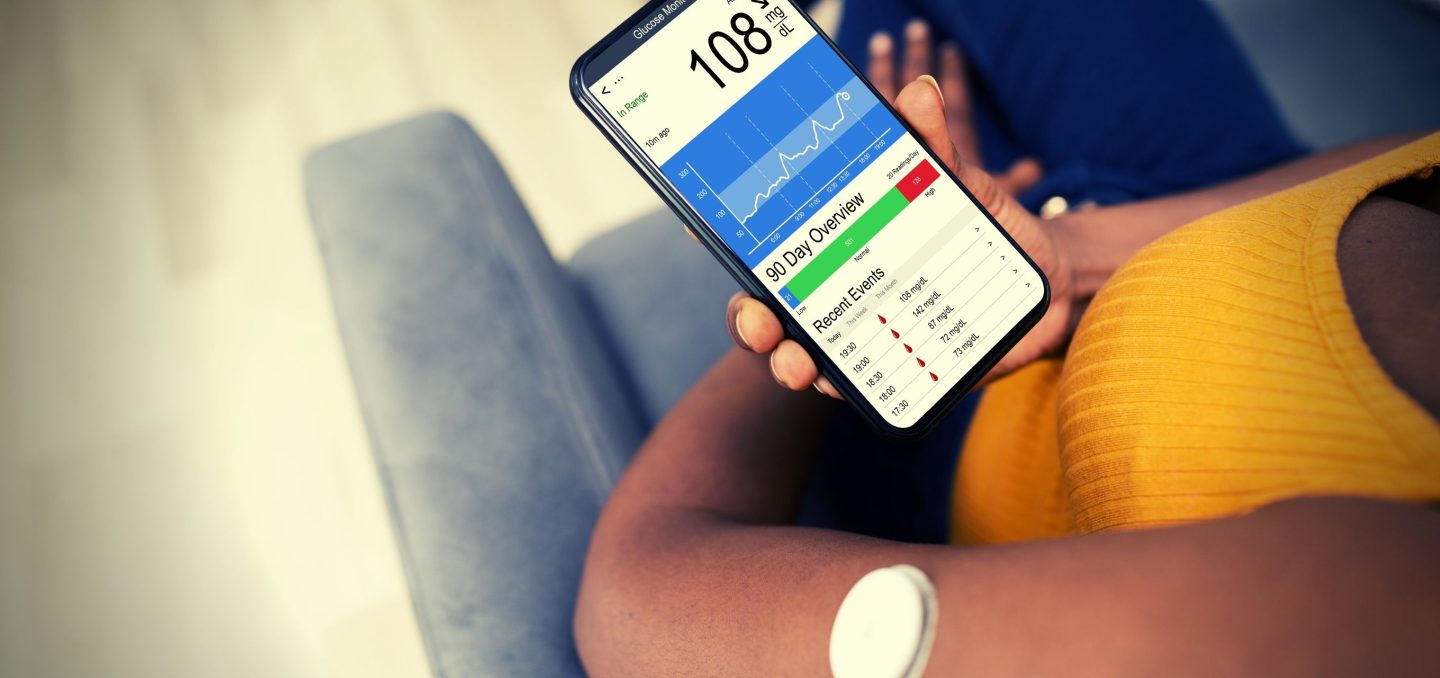Digital health interventions have shown great promise in managing type 2 diabetes, but there has been little comparison between different modes of intervention. A recent study aimed to address this gap in knowledge by comparing the effectiveness of SMS, smartphone application, and website-based interventions for improving glycaemia in adults with type 2 diabetes, as well as reporting on their reach, uptake, and feasibility.
The study
The study, which was a systematic review and meta-analysis, searched five different databases for randomized controlled trials (RCTs) that examined the effectiveness of digital health interventions in reducing glycated haemoglobin A1c (HbA1c) in adults with type 2 diabetes. The search included studies published in English from January 1, 2009, up to May 25, 2022. Covidence systemic review software was used to screen the studies, and Cochrane’s guidelines were followed to extract data. The primary endpoint assessed was the change in the mean plasma concentration of HbA1c at 3 months or more. Cochrane risk of bias 2 was used to assess risk of bias. The study included 56 RCTs from 24 regions, involving 11,486 participants, in the narrative synthesis and 26 studies (involving 4,546 participants) in the meta-analysis. The study was registered with PROSPERO, CRD42021247845.
Of the 56 RCTs, 20 used SMS as the primary mode of delivery, 25 used smartphone applications, and 11 used website-based interventions. The meta-analysis found that smartphone application interventions were associated with higher reach compared with SMS and website-based interventions, but website-based interventions reported higher uptake compared with SMS and smartphone application interventions. Effective interventions generally included people with greater severity of their condition at baseline (i.e., higher HbA1c) and administration of a higher dose intensity of the intervention, such as more frequent use of smartphone applications. Overall, the digital health intervention group participants had a –0.30 (95% CI –0.42 to –0.19) percentage point greater reduction in HbA1c compared with control group participants. The difference in HbA1c reduction between groups was statistically significant when interventions were delivered through smartphone applications (–0.42% [–0.63 to –0.20]) and via SMS (–0.37% [–0.57 to –0.17]), but not when delivered via websites (–0.09% [–0.64 to 0.46]). The level of evidence was moderate overall due to the considerable heterogeneity between the included studies.
Findings
The study’s findings suggest that smartphone application and SMS interventions are effective for diabetes management, but website-based interventions were not found to be as effective. Therefore, clinicians should consider factors such as reach, uptake, patient preference, and context of the intervention when deciding on the mode of delivery of the intervention.
Nine in ten people worldwide own a feature phone and can receive SMS, and four in five people have access to a smartphone, with numerous smartphone applications available for diabetes management.
Clinicians should familiarize themselves with this modality of program delivery and encourage people with type 2 diabetes to use evidence-based applications for improving their self-management.
Conclusions
Future research should focus on describing in detail the mediators and moderators of the effectiveness and implementation of SMS and smartphone application interventions, such as the optimal dose, frequency, timing, user interface, and communication mode to improve their effectiveness and increase their reach, uptake, and feasibility. Ultimately, digital health interventions have the potential to transform diabetes management, and this study provides valuable insights into the different modes of delivery and their effectiveness.



